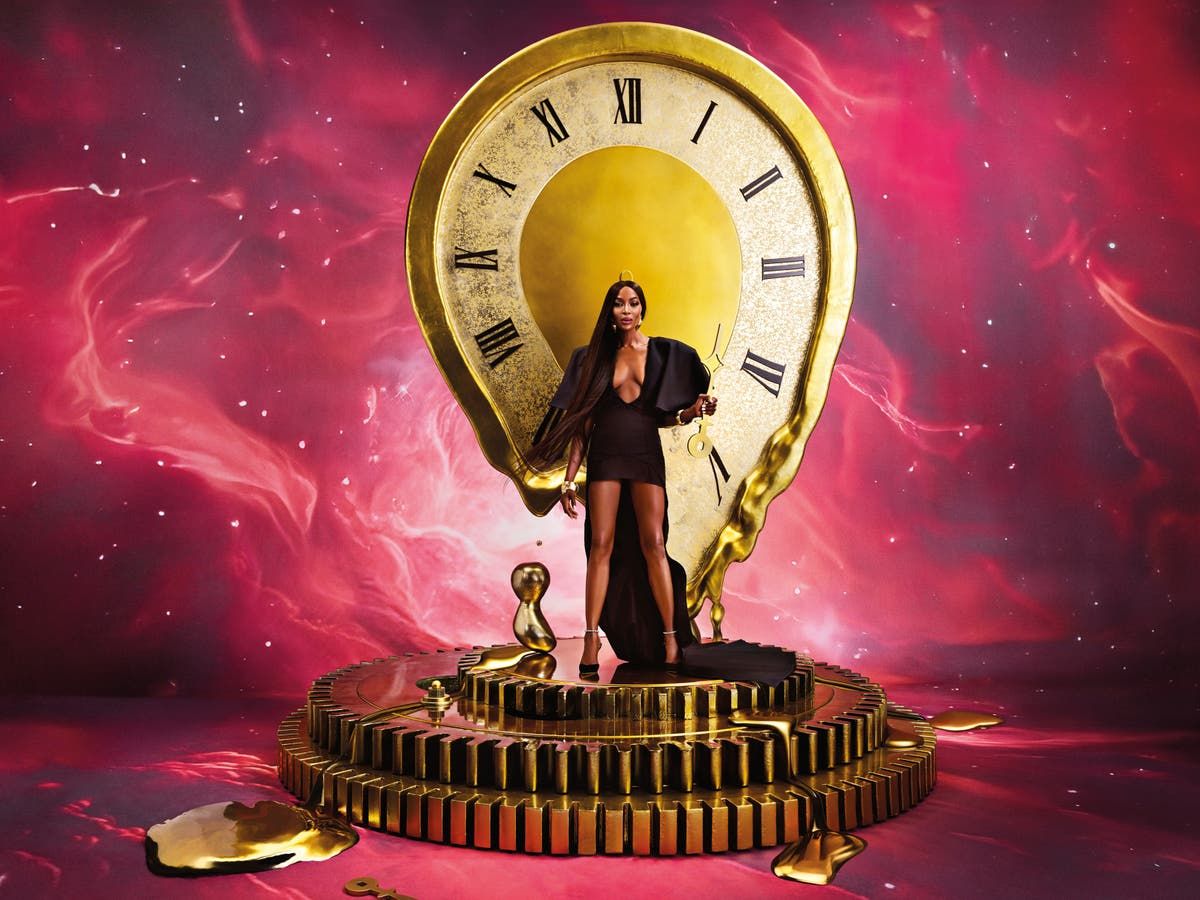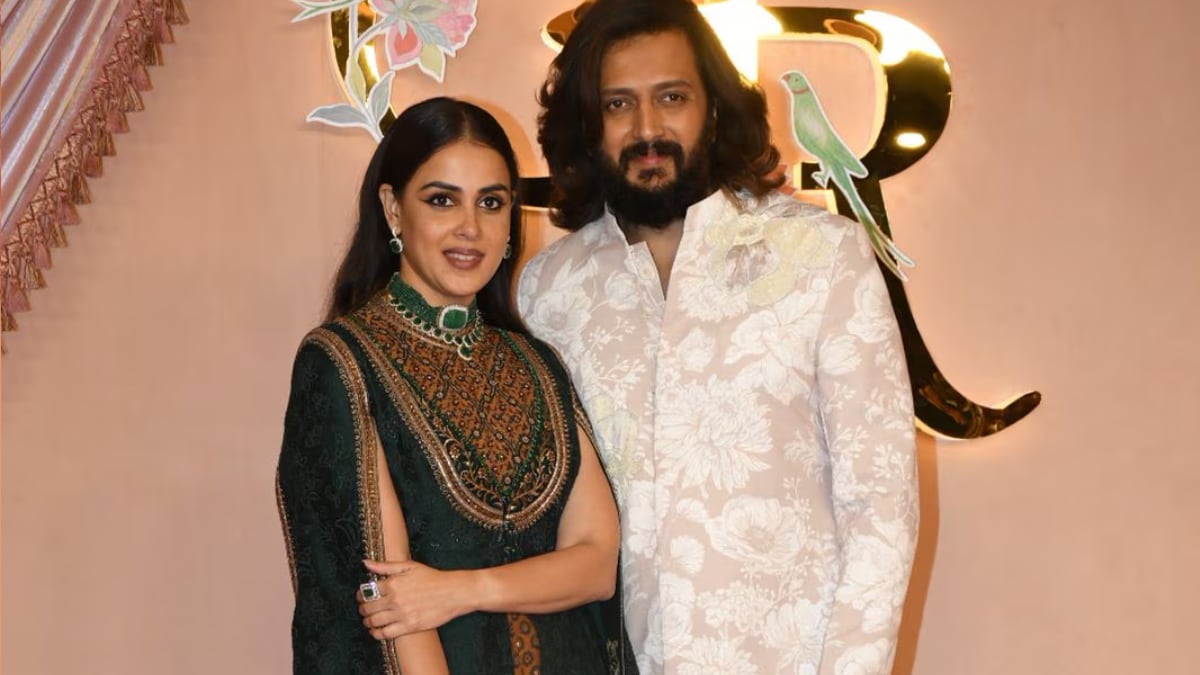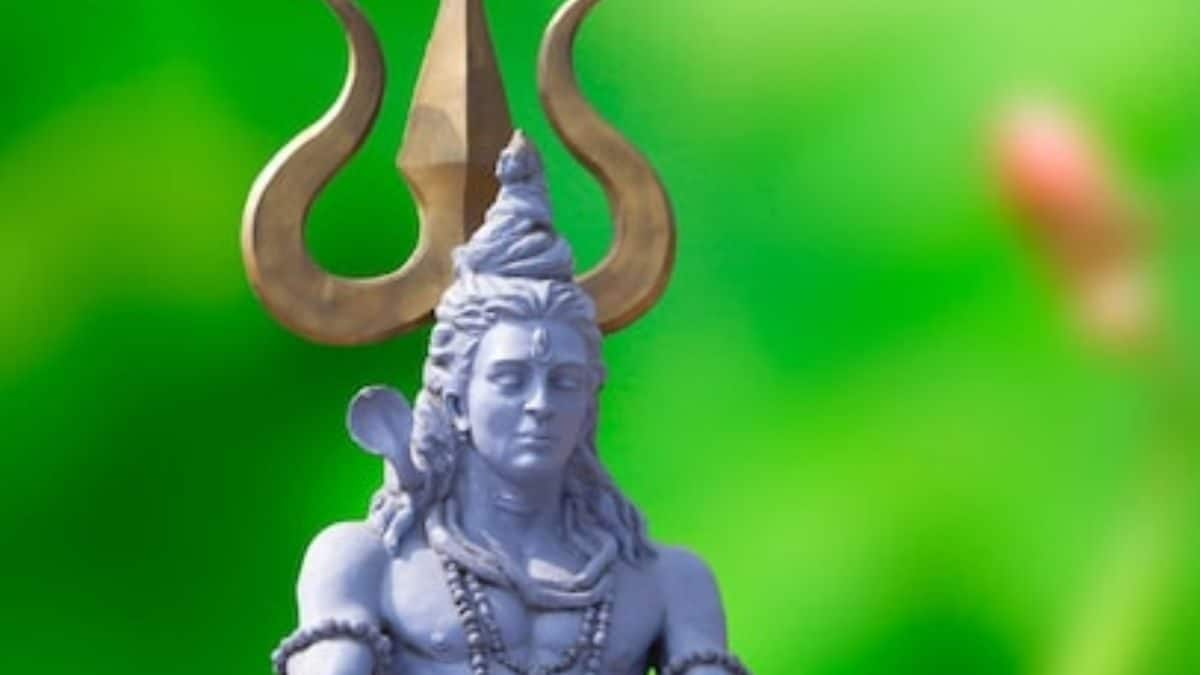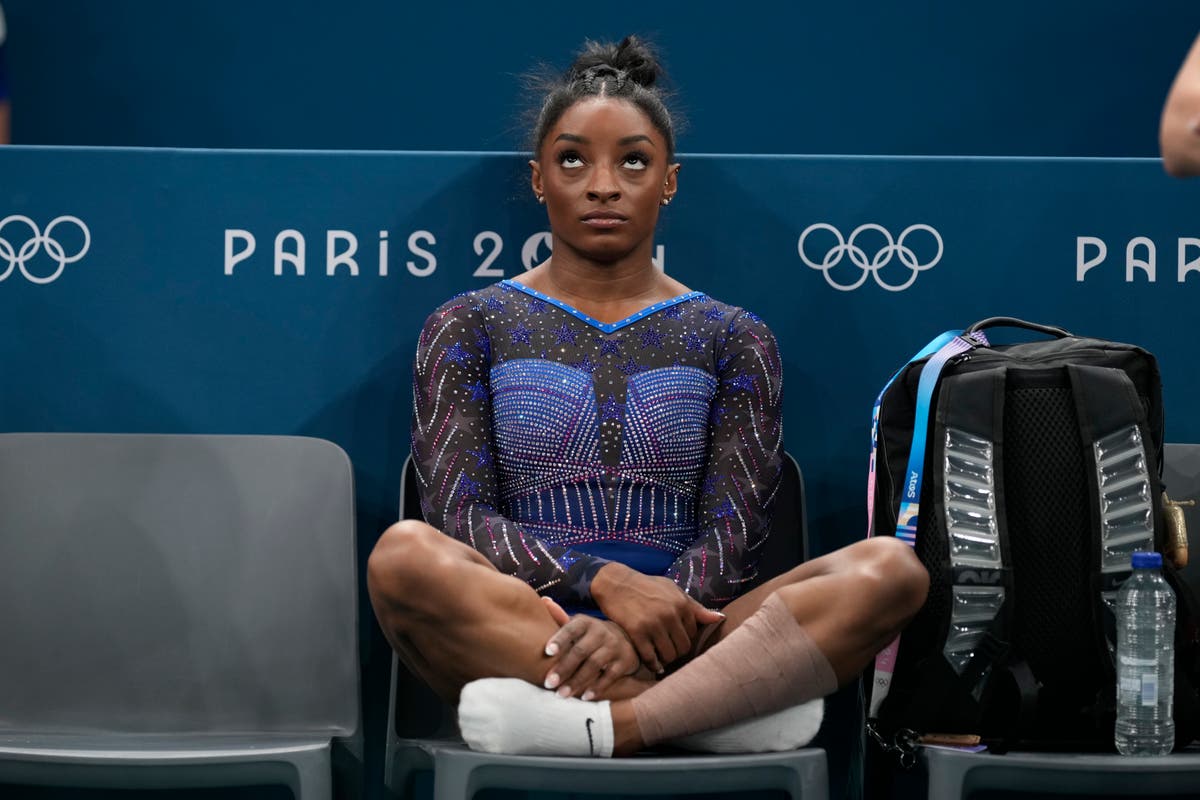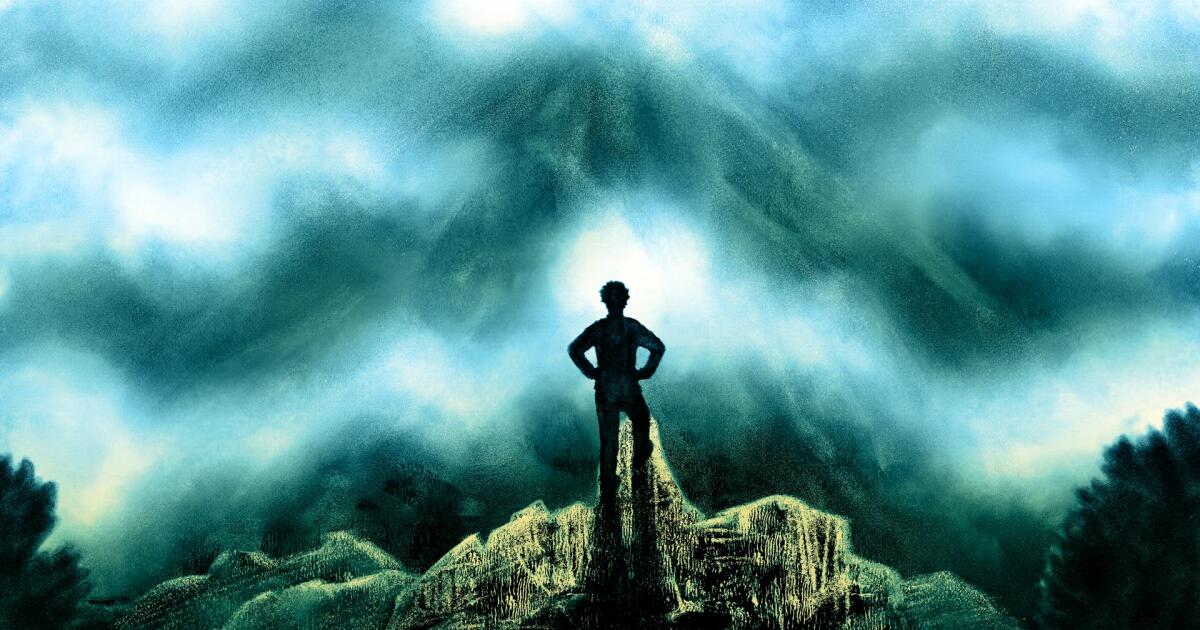W.Struck into a blue abyss, young Prince Gyasi is shown playing with colored chips in the Pirelli 2024 Calendar. Only it’s not actually the 28-year-old photographer, but Abul Faid Yussif, a seven-year-old boy posing as he. Prince was behind the camera, capturing Yussif inside his mind. Here, on the cover, the visionary’s creative innocence is encapsulated: a driving motivation behind his exquisite execution of the dossier’s 50th edition titled Eternal.
When I met Prince, despite his aptitude for conceiving shades, he was dressed entirely in black (except for the silver accents on his square-toed Gucci boots). He had just finished a few rounds of interviews before the release of the Calendar and, unfortunately, I wasn’t the last. Only two minutes had passed and we were not done with the formal introductions. Instead, I stood before the inspired creator, an architect of vitality, if you will, watching as he wiped the spilled liquid from the carpet with a napkin. He had entered his room at The Edition Hotel when Prince, coming up to greet me, knocked over a can of Dole pineapple juice. “Wait, let me clean this part up,” Prince insisted before he pulled me over to the leftover dribble. “This is terrible.”
The moment was tender: there I was, standing in front of this esteemed artist, inside a private room filled with sweet snacks and refreshments, all set to honor his transformative work. However, he was worried about staining the hotel carpet. In that moment I saw Prince’s purity, the inner child of him. He hadn’t told me how this part of himself inspired his concept for the Calendar, but it was clear that he had been protecting and channeling it his entire life.
From international supermodel Naomi Campbell, Her Majesty Otumfuo Osei Tutu II and renowned actor Idris Elba to poet Amanda Gorman and revolutionary producer Jeymes Samuel, this year’s Pirelli Calendar featured leaders, inventors, writers and icons across the globe. lens of a teenage prince. The 2024 special edition features 12 images that draw you into a subverse of color, placing each symbolic individual against a background of specific hue, delineating them as the timeless people Prince sees, a testament to their lasting effect on the world. She tells his stories and her own, channeling her heritage and his youth. As the first black artist to photograph for Pirelli, Prince aimed to uplift a younger generation, inspiring them to be brave in their pursuit, whatever it may be, and in my opinion, he succeeded.
Abul Faid Yussif poses as the young Prince Gyasi for the cover of the Pirelli 2024 Calendar
(The Pirelli Calendar 2024)
With the introduction and expansion of tire competitors in 1964, Pirelli UK Limited, the British subsidiary of the Italian multinational conglomerate, sought to increase its visibility by adding a new facet to the company: a printed book offered exclusively to its customers. The Group hoped to beat the competition by using this distinctive marketing strategy to not only celebrate its loyal community but also the current cultural phenomenon. For the original Calendar, Pirelli hired art director Derek Forsyth and photographer Robert Freeman, the creator behind the achromatic photographs of The Beatles.
Over the past four decades, the Calendar has been at the forefront of the present time, producing images that influence modern ideas. Between Paolo Roversi, Terence Donovan, Patrick Demarchelier and Annie Leibovitz, the world’s most iconic photographers have combined their own avant-garde style with purposeful scenography and fashion direction to formulate and present their individual points of view. Whether you’re referring to Sarah Moon’s 1972 dossier that established her as the first photographer to shoot for the Group or Mert and Marcus’ reaction to sensual beauty with models like Kate Moss and Gisele Bündchen in their 2006 issue, each Calendar has been modern. produced as a constructive instrument in society.
When defining his approach, Prince thought about how he perceived each creative as a child. The goal was to channel their unchanging effect, to illustrate the community between them, while reinforcing this message: “I may be the first but I refuse to be the last” to summarize this idea of being timeless.
“You have to remember the first time you heard the name Naomi Campbell. You have to remember it and see it as it was, without trying to alter it. It has to be authentic,” Prince told me. “But at the same time, because you want to create a surreal world, you have to make sure it comes from your memories of when you were a child because, to me, I’m still a child. Everything is like a playground to me and by bringing all these people together and creating unique scenarios for them, I had to be a kid again.”
“They are the ones who created a pattern to follow,” he continued.
His Royal Majesty Otumfuo Osei Tutu
(The Pirelli Calendar 2024)
Prince admitted that he was influenced by every innovator over the years, but his artistic path was almost predetermined, long before he found his niche. While he was growing up, his parents were musicians and his grandfather was a former “traditional pop artist.” Whether he liked it or not, art was intrinsic to his life. However, Prince had also developed his own relationship with color.
As a child, the Ghanaian artist quickly realized that his sensory association was different from that of others. He had been diagnosed with synesthesia early on, meaning his brain sends sensory information through irregular senses. Tuesday is not just the second day of the week for him. The number four is not just a measurement or quantity. And the letter “P” is not just the first letter of his name. Everything was, and still is, considered to be a certain shade or nuance.
Now, Prince is one of the most admired and established photographers, with a technique indicative of his experience in painting and his inherent multicolor vision. He takes a subject or a landscape and places it under a kaleidoscopic structure, a method that looks like organic animation and which was reflected in his Calendar.
(The Pirelli Calendar 2024)
From the look of her page, one would think that Angela Basset had been transported to a different universe or trapped inside a two-dimensional world. He Black Panther The actress holds a colossal golden key, the same one seen with the “young Prince” on the cover. Behind Basset, two large doors lead into a yellow abyss. She takes on the role of a conqueror, standing barefoot on rippling water enveloped by cracked blue and green trim. In Prince’s eyes, Basset is someone capable of unlocking ethereal visions: an actress, but nothing less than a lasting treasure.
For Jeymes Samuel’s shot, he was placed in front of a glowing landscape, peering through retractable lenses from a pink chair. The producer donned a ruby red suit with a yellow collared T-shirt and the long blue leg of his contraption instead of a tie. Samuel is a mad scientist of sorts, presenting neoteric projects to the world as he does. But as far as he knows, the music fan does not believe himself to be the crazed innovator that Prince sees.
“He sees me as a visionary. And so I’m like a scientist. And, by the way, a lot of people see me as some kind of mad scientist,” said the composer. “Personally, I think everyone is crazy and I’m the only sane one.”
Margot Lee Shetterly, author of hidden figures, was paired with Amanda Gorman for Calendar. The two women wore voluptuous feather dresses. Its shade was mustard yellow, trimmed with hot pink and royal blue. Gorman was on a ladder to Shetterly’s right. Behind them was a large board with speed, power and time equations written on it. Gorman and Shetterly were educators, writers with skill, technique, curiosity and a burning desire to discover the truth.
“What I really like about Prince as the photographer of this Calendar is that he fuses two things together,” Shetterly carefully explained to me. “He has this very specific vision of blackness, of Africanness, of African-Americanness, that he is trying to communicate, and yet his art and his images are very transcendent. They are universal, accessible, visceral, aesthetically very attractive. “You look at them and you are drawn to these colors, these images and these people.”
Amanda Gorman and Margot Lee Shetterly
(The Pirelli Calendar 2024)
“He has created this, this world that is specific, but transcendent. You know, that’s what you have to do if you want something that’s relevant and engaging,” Shetterly said.
As much as Prince’s Pirelli Calendar expanded the scope of storytelling in art and paid tribute to key creators making change, the 50th edition was an ode to a group of designers who also seemed unafraid to reshape the norm. Stylist Ola-Oluwa Ebiti, whose career moved forward in 2018 when there was a shift in focus in fashion towards West Africa and subsequent African style codes, wanted to feature London-based independent designers with pieces that formed stilted images. Selecting runway or archival looks from major fashion houses was not of interest to Ebiti.
“I think what I really wanted to do was use the designers as a love letter to young foreigners,” Ebiti explained. “Because I think London is really exciting, because all these people come from different parts of London, from different parts of the world. They come to London, either to study or to seek a new life. And then they put all that into their reality in London, into their creation in London.”
(The Pirelli Calendar 2024)
Similar to how Prince’s photographs have an artistic component, the designers Ebiti chose, such as Asai Takeaway and Darcey Fleming, sketched and sewed pieces that looked more like abstract sculptures. Fleming’s elastic down garments, worn by Shetterly and Gorman, added contradiction with their natural material (dead hay), but with an eccentric structure. Meanwhile, Bradley Sharpe, who designed Naomi Campbell’s ensemble, plays with silhouettes using abnormally stylish embellishments such as rigid, circular waistbands and puffed headpieces.
Ebiti noted: “I looked at all the designers, all the young designers in London at the time and what they were saying and what was really relevant at the time. I think I brought them together that way, in the narrative of who the designer was and what he is doing versus what the image is trying to say as well.”
“In a lot of the looks I did, even in silhouettes, I was very careful that there was nothing too out of place, too young or too trendy,” she continued. “It was all quite timeless, so if you look at it 10 years from now, 20 years from now or even six months from now, it’s still very visually relevant.”
Prince intended his Calendar to make viewers think about the enduring meaning of community, power, and tranquility. But his composition of the Pirelli Calendar has gone much further, touching those he has admired for years and encouraging them to recognize his own specific influence and skill.
“You know, we still have a long way to go before we experience real diversity, real inclusion, and most importantly, real tolerance for others on the planet. But I believe that the Pirelli 2024 Calendar is a great leap forward within the canvas that we call artistic expression,” confessed Samuel.

